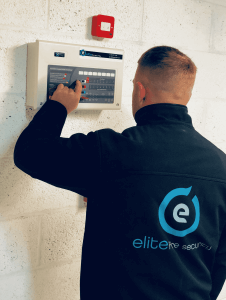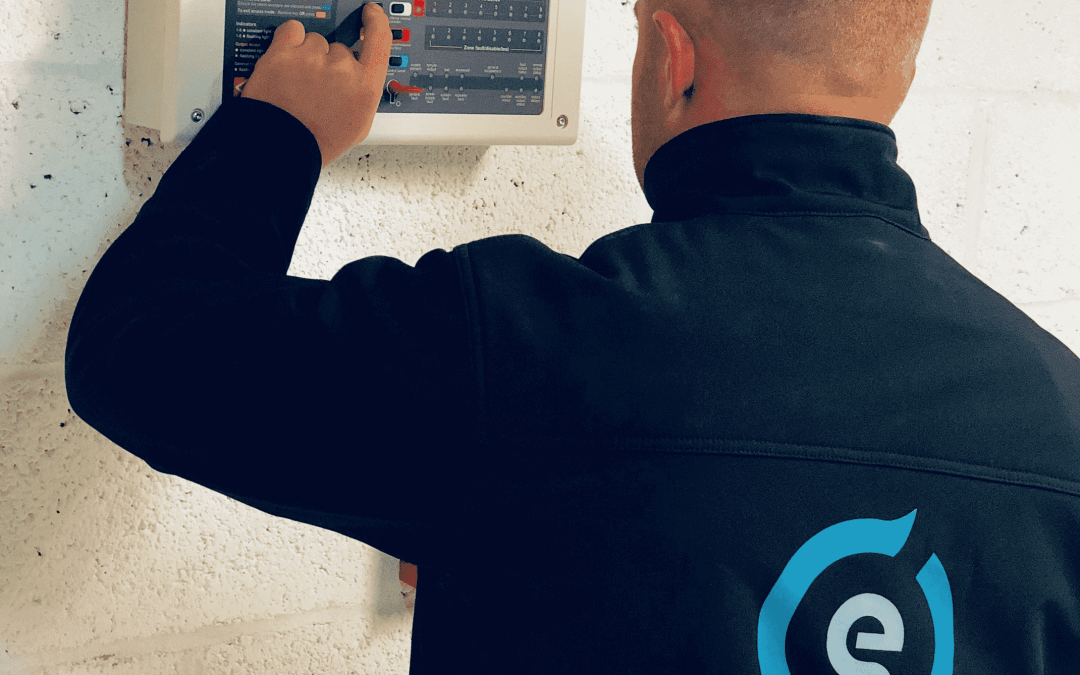Conventional or Addressable Fire Alarm Systems discussed by Elite Fire & Security
Fire Alarm systems are designed to warn occupants of a premises of fire, heat and/or smoke early enough so they can safely evacuate and they should provide an early enough warning if a fire breaks out or there is excessive heat or smoke.
Fire Alarm Regulations form part of the overall Regulatory Reform (Fire Safety) Order 2005, which is also known as the ‘RRO’. The reform details everything you need to know as a business when it comes to fire safety. It is a lengthy and complicated document which a reputable Fire Safety Company will be able to break down for you, explaining your obligations as a business or commercial property owner.
It is a legal requirement and your responsibility as the owner of a business or commercial property to ensure you have the correct fire safety measures and procedures in place after an in-depth fire risk assessment has been completed. If safety measures, procedures and the correct fire detection/alarm systems are not in place and a fire breaks out, your insurance can be invalidated and you will be liable for injuries, fatalities and the cost of property damage which can amount to millions.
Does your workplace or business need a fire alarm?
The UK Fire Alarm Regulations state that all UK business premises must have ‘an appropriate’ fire detection system in place to ensure that:
- If a fire breaks out it is easily detected
- All occupants are alerted and able to evacuate quickly and safely
The two main types of fire alarm systems are conventional and addressable systems. Their devices/sensors can be either automatic or manual, or a combination of both.
Main components of a fire alarm system
- Alarm Initiating Devices/Sensors (Manual and Automatic)
- Alarm Notification Devices
- Fire Alarm Control Panels
- Backup Power Supplies
- Remote Controls & Display Panels
- Advanced Fire Protection Contact
What is a Conventional Fire Alarm System?
A conventional fire alarm is an alarm system designed to detect and alert occupants of any signs of fire, heat or smoke in a property.
A conventional fire alarm system uses one or more circuits connected to sensors which are all wired in parallel. The system is made up of one or more zones, each having either manually operated call points, automatic detection sensors or a combination of both and these are connected to a control panel. Conventional detectors/sensors are on/off devices which means if there isn’t any fire, heat or smoke they do nothing. if there is a level of smoke or heat that exceeds a predetermined threshold then they turn into the ‘Alarm’ state and sound an alarm warning sound.
How Does a Conventional Fire Alarm Work?
Conventional fire alarm devices/sensors are individually wired to a conventional fire alarm pane. If a device/sensor detects signs of a fire, smoke or heat which exceeds the pre-determined threshold then they send a signal to the control panel which sets off the alarm system.
What is an Addressable Fire Alarm System?
An addressable fire alarm system is made up of a series of fire detectors/sensors which are all connected back to a central control panel in a loop. Each detector/sensor has an individual address or location which allows the panel to show which one has triggered the alarm, allowing a quicker response time to the exact location of the fire, heat or smoke.
How does an Addressable Fire Alarm System work?
The detectors/sensors which make up an addressable fire alarm system all sit on a wired loop or a ring circuit. The system can have either manually operated call points, automatic detection sensors or a combination of both. The detectors/sensors all have electronic circuits that enable the addressable fire alarm control panel to send and receive data from each device allowing the panel to show the exact location of the device/sensor that has been triggered.
What is Analog Addressable Fire Alarm System?
Analog addressable fire alarm systems are the same as a normal addressable system with an individual location for each device/sensor, however, its control panel can also communicate with each device/sensor in turn and can report back with an Analog value based on how much smoke or heat is present.
What is the difference between a Conventional Fire Alarm System and an Addressable Fire Alarm System?

Both alarms link their devices/sensors either automatic or manual to a main control panel.
What are the wiring differences between a Conventional Fire Alarm System and an Addressable Fire Alarm System?
A conventional fire alarm systems devices/sensors are connected to the control panel via its own wire, rather than a shared one. One end of the wire touches the device/sensor and the other connects it to the control panel. If a wire becomes severed or there is a problem then the device/sensor will become disconnected and will be no longer active.
An addressable fire alarm systems connect its devices/sensors using a loop and this is when one wire connects all devices to the control panel, with both ends of the wire loop connecting to the control panel as one. Loop isolation modules are used to separate the devices/sensors which means if one device becomes disconnected it doesn’t disable the circuit.
What is a Conventional Fire Alarm zone?
A fire zone is a specific area or location of a property. Every fire zone should be separated from the other zones by fire walls and fire doors. The zones should be kept small enough so if the fire alarm sounds you can quickly establish where the fire is so it can be dealt with as one zone without the risk of it spreading quickly.
Which is the cheaper Fire Alarm option?
The costs will vary by premises, however, conventional fire alarm systems cost less, however, they are more expensive to install due to each device/sensor being connected by its own wire back to the panel so needing more wire and hours to install.
Addressable alarm systems have a range of other benefits including its alarm panel monitoring air flow through smoke detectors. This often prevents the occurrence of false alarms which can be very expensive for a business.
Which Alarm System is more reliable?
An addressable alarm panel tends to be the more reliable of the two as the wire connects to the control panel at both ends so if there is an issue at one end the signal can still be sent to the control panel from the devices/sensors through the other end of the wire.
What is a hooter in fire alarm system?
Electronic hooters are used in fire alarm systems to warn occupants in a property there is fire, heat or smoke signalling to them to evacuate.
Which Fire Alarm System is Best?
In summary, an addressable fire alarm system is better and far superior to a conventional fire alarm system as it gives you the exact location of a fire rather than a zone, making it quicker to evacuate occupants and deal with the fire more quickly. An addressable system tends to be cheaper to install as there is less wiring involved, however, they are more expensive to buy in the first place.
The type of property or business you own will really depend on the type of fire alarm you should install. A professional Fire Alarm company will be able to advise you on which one would be better for you and why. As an example, a conventional system is cheaper and quite often meets the functional needs of a smaller premises where a more sophisticated addressable system is not as necessary.
What is my responsibility as a business owner when it comes to fire?
All businesses must carry out a fire risk assessment, take any necessary actions to ensure that any issues raised have been addressed and that policies and procedures have been put in place to eliminate any potential fire risks, as well as aid speedy evacuation.
A fire risk assessment is an in-depth review of a workplace which identifies the situations and processes that could cause harm, particularly to people. After the risk assessment is complete the findings should be analysed and evaluated; how likely and severe are the risks and what systems and processes should be put in place to minimise them.
A Fire Policy & Process should include:
- Measures to be taken to reduce any risks of a fire breaking out, or spreading on the premises versus risks that have been highlighted
- Fire escape plans for all occupants on the premises
- Safe and effective fire escape plans for anyone who is vulnerable or disabled
- Training for all employees to ensure they are fully aware and understand their fire escape plans
- Weekly fire alarm testing where all occupants need to follow their fire escape plan in an effective and calm manner
- Measures to show the escape plan is safe and can be used at all times
- Effective means of quick-fire detection and warnings for occupants
- Means of fighting fires on the premises
- Measures to minimise any fires that break out
There is no time period stated for how often fire risk assessments should be carried out or reviewed, however, it does state; the person responsible for the fire assessment in your premises must review it ‘regularly’ to make sure it’s up to date.
All UK businesses must have a designated ‘Responsible Person’ who is responsible for ensuring a fire risk assessment is carried out regularly and all necessary action has been taken to prevent a fire, injury or death if a fire breaks out.
The UK Fire Alarm Regulations recommends that all fire alarm systems are installed and maintained in line with the BS 5839 (British Standards). The code of practice in the BS 5839 has been developed in line with current UK building regulations for both new-build and existing non-domestic premises.
Not all businesses have to have a full fire alarm system in place by law and if this is the case then domestic fire and carbon monoxide alarms should be fitted on every floor of your business, as well as being fitted directly outside of any sleeping areas.
Elite Fire & Security
We are a Fire Alarm Specialist Business and we have a comprehensive understanding of the Regulatory Fire Reform (Fire Safety) Order 2005. We will quickly and efficiently establish if a business and, or premises meets the UK’s legal requirements by completing a full and in-depth fire risk assessment and review.
We will advise you of any action that needs to be taken, if you need a fire detection and, or alarm system and recommend which system will meet your requirements either Conventional or an Addressable System.
Following a full and comprehensive fire risk assessment we will design and install a new system, or, make amendments to an existing fire alarm system to ensure it is fully functional, safe and meets your legal requirements as set out in the Regulatory Fire Reform Order 2005.
We are one of the South and South West’s leading fire safety specialists. Our experienced team of fire industry experts will evaluate the fire protection requirements of your business or premises and provide you with the appropriate recommendations to ensure you meet your legal requirements as set out in the Regulatory Fire Reform Order 2005.
We assess, design, install, repair and maintain fire systems, providing you, your employees and customers the best and most efficient fire detection, warning and protection.
Contact us today on 0333 577 1230 for any advice on the Fire Alarm Regulations, Conventional or Addressable Fire Alarm Systems, or to book your free and no-obligation Fire Risk Assessment.



